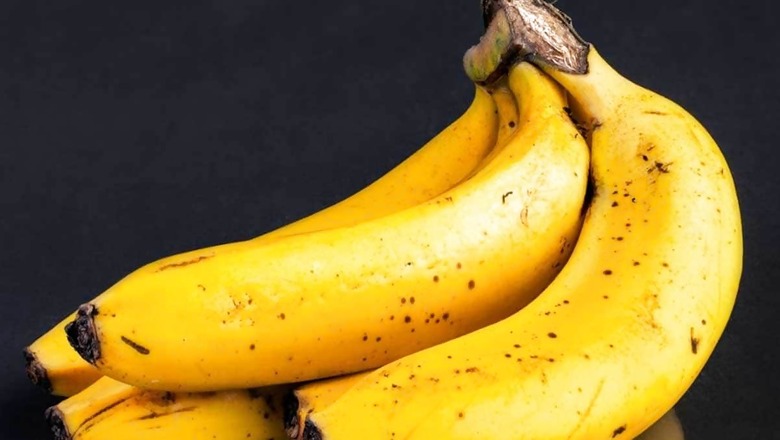
views
Bananas are a favourite fruit worldwide, but the Cavendish variety is facing a serious threat. This banana, which is the most popular type eaten globally, is at risk of disappearing due to a dangerous fungus. However, scientists have been working to find a solution to save the Cavendish banana from extinction for decades. If this happens, it would mark the second major banana extinction since the 1950s. Back then, the Gros Michel banana was nearly wiped out by a different disease, leading to the rise of Cavendish. Now, a new, aggressive fungus is attacking Cavendish crops and causing severe damage. If this disease continues to spread, it could lead to another banana apocalypse.
As per Metro UK, Li-Jun Ma, professor at University of Massachusetts (UMass) Amherst, said, “We have spent the last 10 years studying this new outbreak of banana wilt. We now know that the Cavendish banana-destroying pathogen TR4 did not evolve from the race that decimated the Gros Michel bananas. TR4’s genome contains some accessory genes that are linked to the production of nitric oxide, which seems to be the key factor in TR4’s virulence. When there’s no diversity in a huge commercial crop, it becomes an easy target for pathogens. Next time you’re shopping for bananas, try some different varieties that might be available in your local specialty foods store.”
Researchers have discovered that a dangerous strain of Fusarium Wilt in bananas produces more nitric oxide. However, the team is reducing its ability to cause major damage when two related genes were removed. Another researcher, Yong Zhang, explained that understanding these genetic sequences could help develop strategies to control or stop the disease. The problematic strain, known as TR4, likely originated in Indonesia and Malaysia, was first seen in Taiwan in 1989. Since then, it has spread to various countries, including Australia, Philippines, China, Middle East, India and Vietnam. In 2019, it reached Colombia and by 2021, it was found in Peru as well. This is concerning, as Colombia and Peru are major banana exporting regions.
As per an article published in UMass website, Yong Zhang, Li-Jun Ma and her team from China, South Africa and the US studied 36 different strains of the banana fungus from around the world. They worked with UMass Amherst’s Institute for Applied Life Sciences to understand how the TR4 strain functions. They found that this strain uses certain genes to produce and manage nitric oxide, which helps it infect banana plants. However, the exact role of these genes in the disease is still unclear.














Comments
0 comment